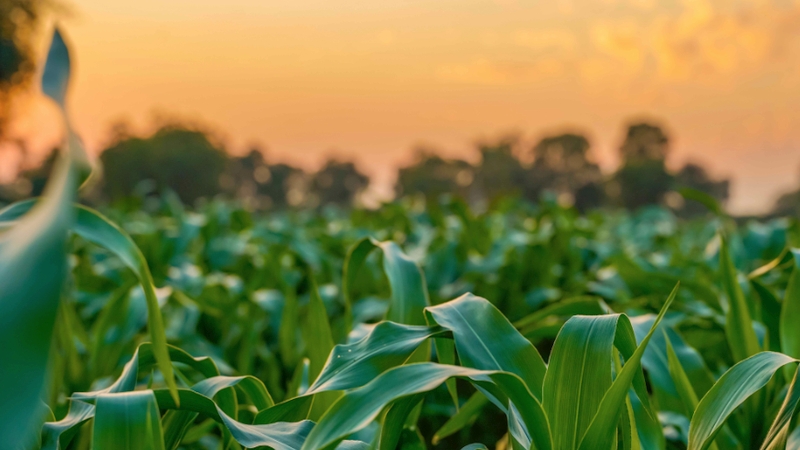Plant and Microbe Interactions Are Important to Healthy Soils and High Yielding Crops
In agricultural systems we often use the term “agroecosystem”, which is a modification of the more general term “ecosystem,” writes Tom Jensen, Director, North American Program, International Plant Nutrition Institute. “Ecosystem” is often used to describe natural systems, such as a forest ecosystem, a wetland ecosystem, or a grassland ecosystem, but a concise definition is “a community of interacting organisms and their physical environment.”
Agroecosystems are indeed ecosystems, but are managed by humans to produce harvested products such as food for humans and livestock, and also other fiber and biofuel products used by society. We most commonly notice crop plants present in an agroecosystem. Plants are key to harnessing sunlight energy through photosynthesis and storing energy in sugars and biochemical energy bonds, later used to grow the plants themselves, and these plant products and compounds, such as proteins and starches, are subsequently used as food sources by other organisms in the ecosystem.
It is possible to grow plants in a water solution containing appropriate concentrations of nutrient salts, called hydroponic or soilless plant culture, but by far the majority of cropping systems consist of plants grown in fields of soil. Soil’s three basic components are: 1) fine mineral particles of sand, silt, and clay (55%); 2) soil pores filled with about half water and half air (40%); and 3) organic matter consisting of decaying plant and other dead organism residues and living organisms (5%). The living organisms include those you can see such as insects and worms, but the unseen to the eye organisms are called microbes, consisting of bacteria, fungi, and other single cell organisms.






